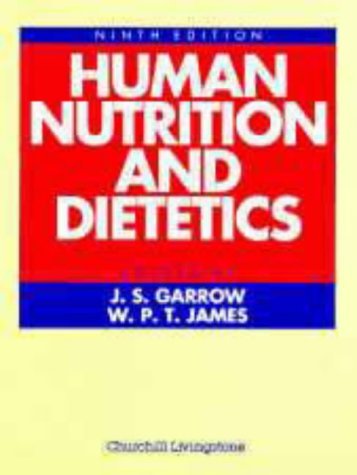Filters
Clear allSubject
Age range
Type
- Activity sheet (4) Apply Activity sheet filter
- Experiment (1) Apply Experiment filter
- Group work (1) Apply Group work filter
- Information sheet (1) Apply Information sheet filter
- Open-ended task (1) Apply Open-ended task filter
- Video (2) Apply Video filter
- (-) Remove Include Physical Resources filter Include Physical Resources
Showing 14 results
This resource is suitable for pupils aged 11 to 14 and helps them learn the food groups, their role within the body, the types of food which make up a healthy diet, and the importance of eating a balanced diet. The comprehensive teaching notes include food bingo cards and flash cards which include images to help...

Approved by AQA, this student book offers high quality support you can trust. Written by renowned author Anita Tull and Garry Littlewood, this resource is designed to be the most motivating...
In this set of activities, students will learn about the different components of plants. They will learn which parts of well-known plants are edible and learn the difference between a vegetable, a fruit and a seed. The students will have to imagine and draw the plant associated with the fruit/vegetable/ seed they...
Video from the Big Picture issue on Fat, showing an experiment to discover if we favour fatty foods.
We consume many drinks every day and they all have an impact of some kind on our body. This book distils the scientific evidence on the world's most popular drinks to see if we can get to the bottom of questions such as: Is a regular glass of wine good for our health or not? Should we worry about energy drinks? Is...
This item is one of over 25,000 physical resources available from the Resources Collection. The Archive Collection covers over 50 years of curriculum development in the STEM subjects. The Contemporary Collection includes all the latest publications from UK educational publishers.

Nutritional problems faced in the developed countries have changed radically since the first edition of this classic book appeared over 30 years ago.
The editors, helped by an multidisciplinary team of...
In this lesson, pupils explore the functional properties of food. They learn about the Maillard reaction, dextrinisation, caramelisation, gelatinisation and other characteristics of carbohydrates as well as the properties of protein and fats and how these contribute to the appearance, taste and texture of food.
In this lesson students learn that food is eaten and digested in the body to allow the absorption of energy and nutrients and there are two types of nutrients - macronutrients and micronutrients.
They explore the three types of carbohydrates: monosaccharides, disaccharides and polysaccharides, intrinsic...
These resources use the context of feasting at Stonehenge to consider aspects of food processing, food allergies and intolerance. There are opportunities for students to:
- make and test their own cottage cheese
- to consider the effect of processing on lactose content of foods
- to...
This item is one of over 25,000 physical resources available from the Resources Collection. The Archive Collection covers over 50 years of curriculum development in the STEM subjects. The Contemporary Collection includes all the latest...
The Action Against Stunting (AAS) p...
Drawing on the work of numerous health experts and researchers, this book uncovers how the separate efforts of a constellation of individuals are leading us down a dietary road that will have severe repercussions for our health and wellbeing, and for the future of the planet. It is a call for us to take an honest...
This book follows the journey of chocolate, from the rainforest to the factory.
Is is part of Series One of the Usborne Young Reading books which combine stories with easy reading text.
